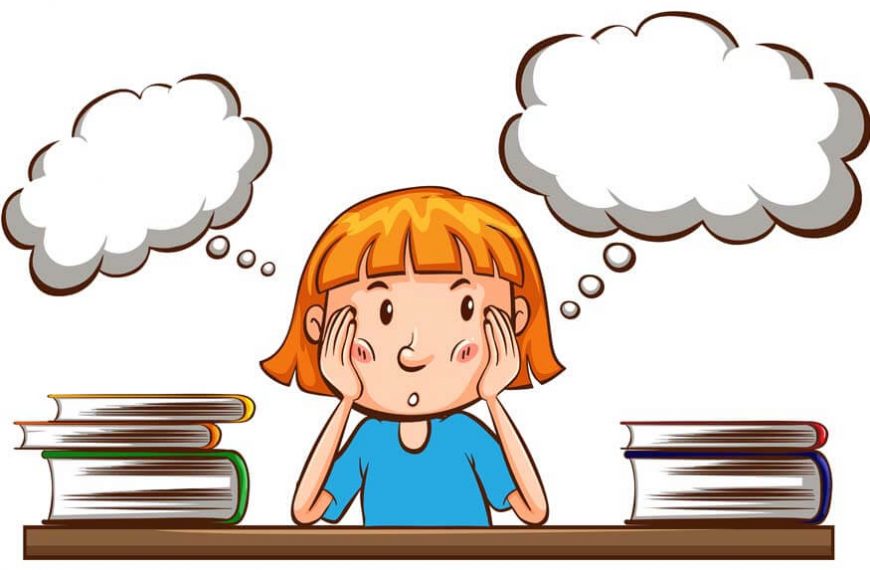Understanding Signs of Inner Turmoil in Your Child
Has your child’s behavior changed recently? Are they crankier, quieter, or more unruly than usual?
Parents usually consider such behavior changes a passing phase. While plausible, this approach overlooks hidden causes for behavior changes in children. Indeed, prolonged change in child behavior can signal inner turmoil or conflict faced by the child.
Inner Turmoil in Children
Just as adults, children face complex situations regarding their choices, friends, values, beliefs, and family expectations. As children learn to navigate these new experiences, they get burdened by feelings like anger, hurt, fear, or frustration.
For instance, a child may cry at the prospect of going to the park even though you plan to take him to his favorite slide. Why? He is worried and scared of a bully but is unable to explain it. Or, another child may suddenly stop painting despite it being her favorite activity. Why? Everyone expects her work to be perfect. This has made her feel pressured and scared of making mistakes, but she’s unable to explain that.
These are “big” feelings that children are ill-equipped to express yet. Consequently, the child’s inner feelings are in turmoil, resulting in an emotionally or psychologically wounded or lost child.
Why is Your Child Battling with Inner Turmoil
There are multiple causes for inner turmoil or inner conflict among children. Some key reasons are:
- Meeting External Expectations—Living up to the expectations of family, teachers, and friends, can be a high bar to meet for children.
- Disagreeing with Peers—Children want to be accepted and liked by their peers. For this reason, they are wary of the repercussions of their actions and choices and may feel anxious about disagreements.
- Navigating New Social Dynamics—Children may encounter a strict caregiver, a school bully, or a new situation like sibling birth or a new school. Such events disturb their social equilibrium which manifests in the form of anxiety, crying, clinginess, etc.
- Making Moral Choices— Children are taught to understand the difference between what’s right and wrong as they grow. They may need to confront others while taking difficult decisions causing inner conflict.
- Compromising Desires—This is also the age that children start asserting their wants, likes and dislikes. Balancing their wishes with others can be a tough concept for children to understand.
How to Identify a Child with Inner Turmoil
Children don’t have the emotional consciousness to identify their feelings or the vocabulary to express them correctly. They often end up feeling wounded or lost. As parents, teachers, and caregivers, we must look out for signs that signal internal turmoil or conflict in a child. Some key indicators are:
- Mood Swings: Unexplained and frequent changes in the child’s mood like increased anger, frustration, irritation, or crankiness.
- Regression: Internal conflict creates insecurity in a child and often leads to a child regressing to old habits like bed-wetting, thumb-sucking, or clinginess.
- Tantrums or Defiance: Internal turmoil can also exhibit itself in the form of emotional outbursts like shouting, tantrums, or acts of rebellion. Children use these ways to cope and express their big feelings.
- Withdrawal or Indifference: Children may start disconnecting from activities previously enjoyed by them. They also may become shy and withdrawn from their family and friends.
- Sleep Issues: Children may display sleep issues like disturbed sleep, crying while sleeping, nightmares, and excessive or reduced sleep.
- Erratic Eating Habits: Internal conflict may change a child’s appetite. Stress may cause overeating or a decreased appetite.
- Physical Signs: Other signs to look out for are headaches and stomach aches as indicators of internal turmoil. Some children also become aggressive and start harming themselves or others.
- Poor Academic Performance: Children may find it difficult to focus on their studies due to the overwhelming stress of conflicting emotions.
How to Resolve Inner Turmoil and Initiate Inner Healing
Once the child feels safe, parents can help the child tackle big feelings, communicate them effectively, and solve related problems.
Here are some steps that can help parents understand what’s on their child’s mind:
- Create an Environment of Trust: Take the child to a place where he/she feels at ease. Be approachable and calm.
- Allow the Child to Calm Down: Only after the child feels calm can he talk about his experiences and feelings. Teach them calming mechanisms like deep breathing, going to their calming corner, drawing, or listening to music.
- Enable Children to Express Themselves: A lack of emotional awareness and vocabulary makes it hard for the child to name their emotions. Parents can use interactive techniques to help children express themselves like:
- Tool or Visual aids like feelings charts, smiley charts, or mood thermometers can help children communicate how they are feeling.
- Child engagement activities like storytelling, drawing, and pretend play, help children unwind and share their experiences.
- Ensure unbiased conversations by:
- Asking open-ended questions: Allow children to control the content of the conversation so that they share their thoughts and feelings willingly. This helps in the discovery of new information.
- Acknowledge their feelings: Be patient and practice active listening. Reaffirm their feelings and thoughts to build their confidence in you.
- Problem-solve with your child:
- Partner with the child to think of ways to resolve issues causing inner conflict. Identify “workable” options that would help them heal.
- Ensure they understand that these overwhelming feelings are temporary and they can overcome them.
Helping a child resolve his/her inner conflict takes time. To allow effective child healing, one needs to consistently provide support and guidance throughout the process. However, in cases where the child’s internal turmoil or conflict does not settle, parents should seek the help of a child psychologist or counselor.
EuroKids uses programs like Euromusic and Mindful+ to build emotional awareness, regulation, and communication skills. To learn more about our teaching methodology, do visit the nearest Eurokids center!
















